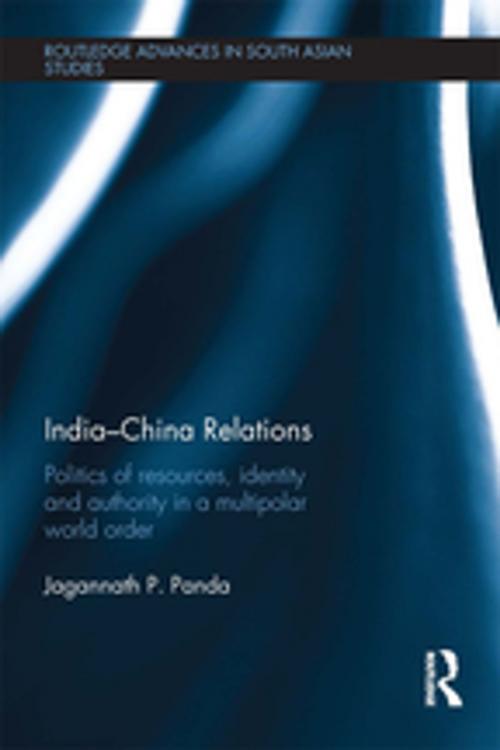India-China Relations
Politics of Resources, Identity and Authority in a Multipolar World Order
Nonfiction, Social & Cultural Studies, Social Science, Cultural Studies, Ethnic Studies| Author: | Jagannath P. Panda | ISBN: | 9781317563808 |
| Publisher: | Taylor and Francis | Publication: | October 4, 2016 |
| Imprint: | Routledge | Language: | English |
| Author: | Jagannath P. Panda |
| ISBN: | 9781317563808 |
| Publisher: | Taylor and Francis |
| Publication: | October 4, 2016 |
| Imprint: | Routledge |
| Language: | English |
The rise of India and China as two major economic and political actors in both regional and global politics necessitates an analysis of not only their bilateral ties but also the significance of their regional and global pursuits. This book looks at the nuances and politics that the two countries attach to multilateral institutions and examines how they receive, react to and approach each other’s presence and upsurge.
The driving theme of this book is to highlight the enduring and emerging complexities in India-China relations, which are multi-layered and polygonal in nature, and both a result and reflection of a multipolar world order. The book argues that coexistence between India and China in this multipolar world order is possible, but that it is limited to a medium-term perspective, given the constraints of identity complexities and global aspirations these two rising powers are pursuing. It goes on to discuss how their search for energy resources, quest to uphold their own identity as developing powers, and engagement in balance-of-power politics to exert authority on each other’s presence, are some elements that guide their non-cooperative relationship.
By explaining the foreign policy approaches of Asia’s two major powers towards the growing Asian and global multilateralism, and highlighting the policies they carry towards each other, the book is a useful contribution to students and scholars of Asian Politics, Foreign Policy and International Relations.
The rise of India and China as two major economic and political actors in both regional and global politics necessitates an analysis of not only their bilateral ties but also the significance of their regional and global pursuits. This book looks at the nuances and politics that the two countries attach to multilateral institutions and examines how they receive, react to and approach each other’s presence and upsurge.
The driving theme of this book is to highlight the enduring and emerging complexities in India-China relations, which are multi-layered and polygonal in nature, and both a result and reflection of a multipolar world order. The book argues that coexistence between India and China in this multipolar world order is possible, but that it is limited to a medium-term perspective, given the constraints of identity complexities and global aspirations these two rising powers are pursuing. It goes on to discuss how their search for energy resources, quest to uphold their own identity as developing powers, and engagement in balance-of-power politics to exert authority on each other’s presence, are some elements that guide their non-cooperative relationship.
By explaining the foreign policy approaches of Asia’s two major powers towards the growing Asian and global multilateralism, and highlighting the policies they carry towards each other, the book is a useful contribution to students and scholars of Asian Politics, Foreign Policy and International Relations.















